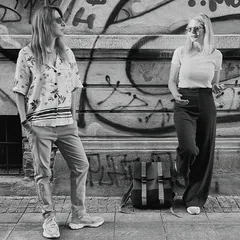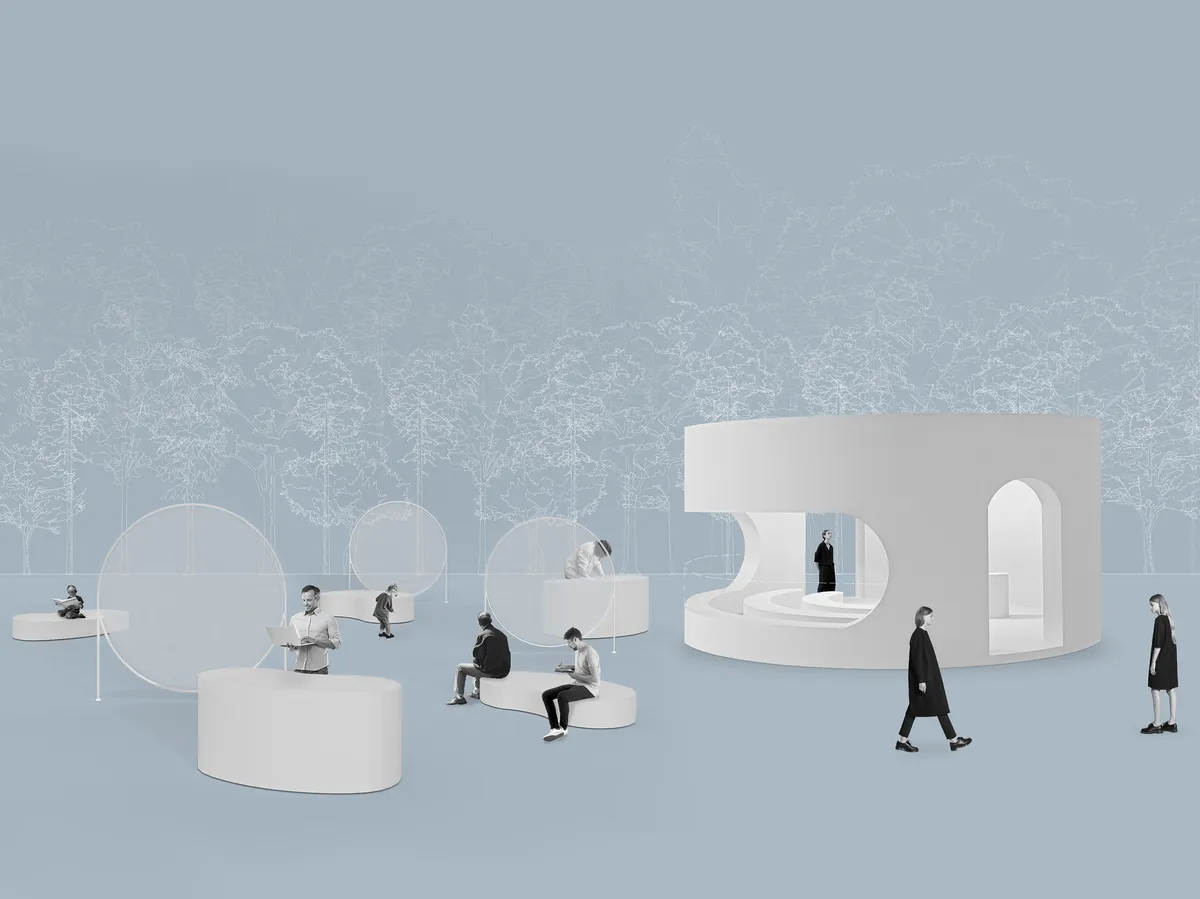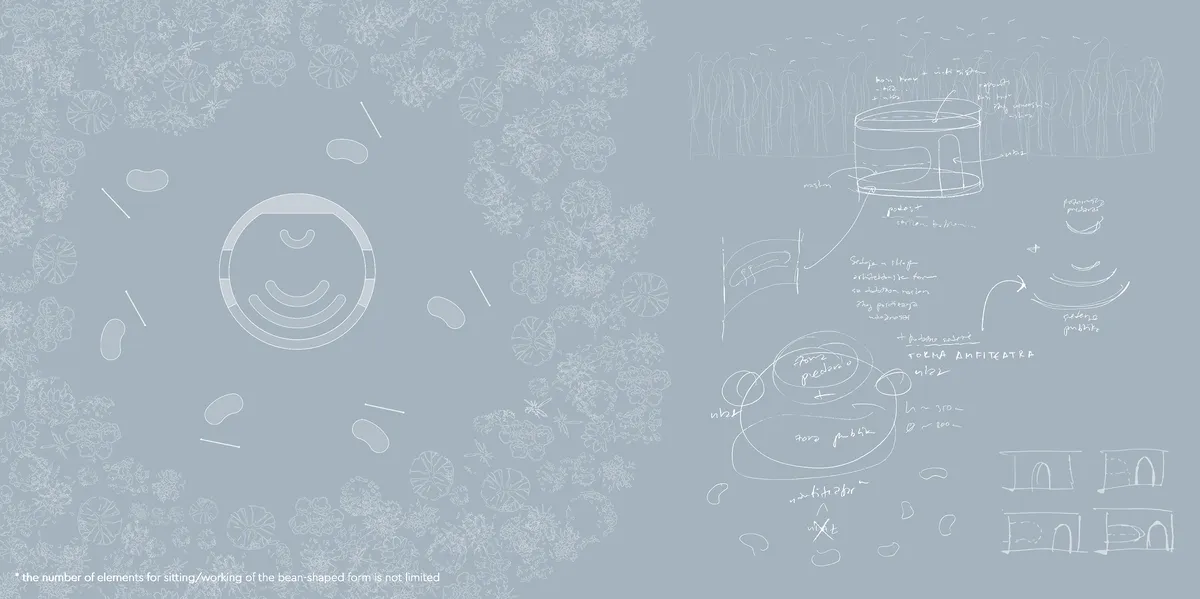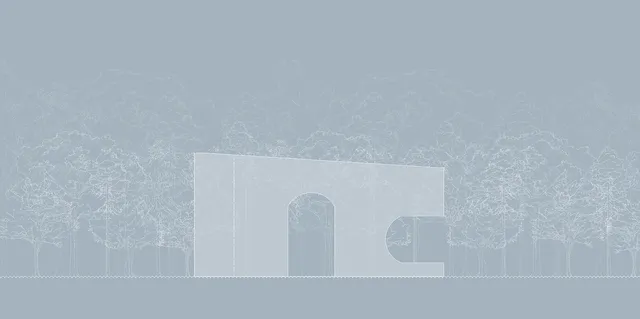
1/6

2/6

3/6

4/6

5/6

6/6

Author(s) / Team representatives
Andjela Taskovic
Profession
MA Spatial design
Collective/office
A+D
Co-authors/team members
Dragana Kostica Ph.D.
Project location
Belgrade, Serbia
Budget in euros
65000
Project start date
March 2023
Project completion date
December 2023
Website
Photo credits
/
Text presentation of the author/office in English
Andjela Taskovic, a Belgrade-based designer, is currently working in an Architectural Bureau SARDO Architects while pursuing a Master's in Spatial Design at the College of Fine and Applied Arts. Her research spans interior and product design, and conceptual art, drawing inspiration from minimalism, modernism, European contemporary art, and everyday life issues. Her works have been showcased at Salone Satellite 2024, Zagreb Desing Week 2020, and Belgrade Furniture Fair 2018, emphasizing resilience and reuse, earning her recognition for designing recycled plastic products. Additionally, she has participated in various group and solo exhibitions.
Dragana Kostica holds a Master’s degree in Culture Policy and Management in Culture from the University of Arts in Belgrade and a Ph.D. from Hafencity University in the Department of Urban Planning. Her interests focus on urban regeneration, creative cities, creative placemaking, city branding, social network theory and network governance, and culture and creative tourism.
Publications:
Kostica, D. (2024) Urban Transformations of Former Industrial Neighborhoods: Scrutinizing Urban Networks – a Comparison of Savamala (Belgrade) and NDSM Wharf (Amsterdam), HafenCity University.
Project description in English
The "Lucca | Moving Educational Pavilion" is designed for presenting diverse educational content, including festival lectures, workshops, and film screenings. This project aims to engage a wide audience from designers and architects to sociologists and students from various fields.
A notable feature of the pavilion is its versatility, allowing for easy assembly and disassembly. As a mobile center, it is constructed with durable materials suitable for this purpose. The original concept involves placing it in natural settings or other public spaces, where users can feel invigorated. The pavilion's name draws inspiration from the city of Lucca in Italy, which once housed an ancient amphitheater.
The primary goal is to encourage diverse audiences to contemplate how urban design can address the various needs of inhabitants. Moreover, it motivates both audiences and lecturers to move away from conventional facilities and explore alternative spaces such as natural settings, college yards, forests, or underdeveloped city districts in need of revitalization. An accompanying component of the pavilion is the "Cinque," which can also function independently in various locations, including parks, schoolyards, riverbanks, or winery yards. It consists of five outdoor seating facilities of different dimensions with white panels, offering protection from excessive solar radiation. These panels are strategically positioned to cater to users' needs at different times of the day. The objects feature a slightly bean-shaped design, utilizing recycled white plastic to harmonize naturally with the environment. The name draws inspiration from Cinque Terre, charming Italian cities known for their aesthetics and sun-kissed coastlines.



